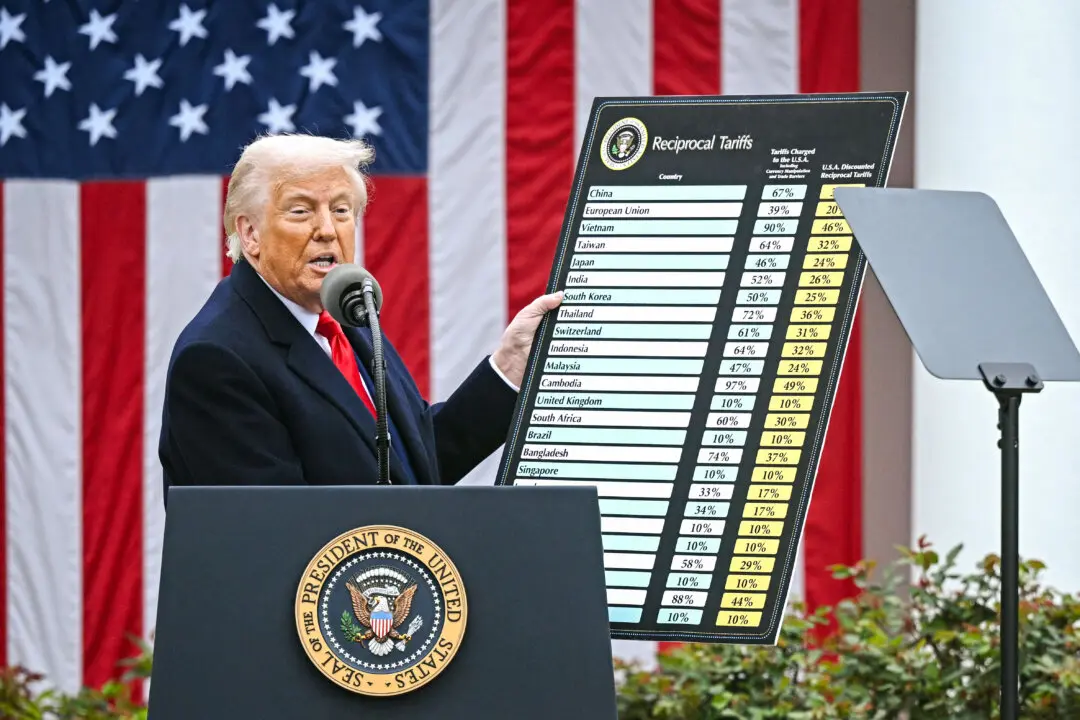The U.S. National Oceanic and Atmospheric Administration (NOAA) has predicted that the United States, overall, will have warmer than average temperatures for fall, which lasts from now until late December.
No areas of the United States, including Alaska, are forecast to have below-average temperatures over the three-year span, the agency said.





